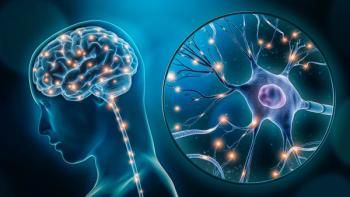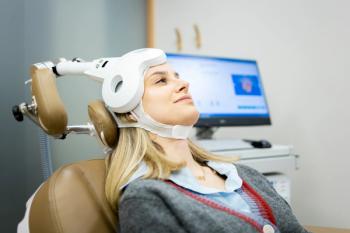
|Slideshows|June 28, 2018
Psychiatry Rounds: The Children, Gaming, Candles in the Wind
Author(s)Laurie Martin
This month's roundup features noteworthy stories from around the web: the humanitarian crisis at the border, new gaming disorder diagnosis, a medication investigation of over 26,000 adult patients, a boundary-busting neurologist, and physician and celebrity suicides.
Advertisement
Newsletter
Receive trusted psychiatric news, expert analysis, and clinical insights — subscribe today to support your practice and your patients.
Advertisement
Latest CME
Advertisement
Advertisement

















